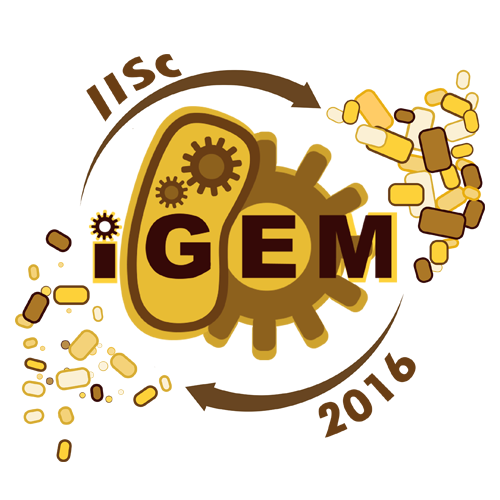Ayanchromium (Talk | contribs) |
Ayanchromium (Talk | contribs) |
||
| Line 231: | Line 231: | ||
<div class="col-md-6 person1Tabcontent"> | <div class="col-md-6 person1Tabcontent"> | ||
<a href="javascript:void(0)" class="closebtn" onclick="closeTab()">×</a> | <a href="javascript:void(0)" class="closebtn" onclick="closeTab()">×</a> | ||
| − | <h1>Arunavo Chakraborty</h1> [[File:Arunavoiisc.jpg]]<hr> | + | <h1>Arunavo Chakraborty</h1> [[File:Arunavoiisc.jpg|200px]]<hr> |
<p class="whitef">Year: 3rd, | <p class="whitef">Year: 3rd, | ||
Major: Chemistry; Minor: Biology<br> | Major: Chemistry; Minor: Biology<br> | ||
Revision as of 18:38, 8 October 2016
More about the team
Arunavo Chakraborty
[[File:Arunavoiisc.jpg|200px]]Year: 3rd,
Major: Chemistry; Minor: Biology
"I am a chemistry enthusiast with a recent inclination toward biology. What excites me the most about field is the incredible plethora of chemical reactions in biological systems that would (and do) give any chemist a run for their money. Currently, the topics that interest me are enzyme mechanics, peptide design and biomimetic chemistry. My (only) other companions are select manga and MMO (note, not RP) games."
Read more
Bioreactor design
We realized that manufacturing units use expensive and energy expensive machinery [3]. Hence, we engineered our bacteria in such a way that it could do most of the work done by these monstrous machines so that we no longer have to buy them and pay their bills. To increase the yield of the product, we came up with the idea of separating cell growth and target protein production so that when the cells have grown up to a high enough cell density, they shuttle all their energy towards the required protein production [4]. Based on the above ideas, we came up with the design of our bioreactor.
We realized that we would not be able to work on the whole idea this summer so, we focussed on two modules of our design: the Protein production module and the auto-aggregation module leaving the arresting of cell growth for future iGEM teams as a seed for their ideas.
Read more
Protein production
Induction synthesis of protein of interest is another important step. Microorganisms in bioreactors are induced at the OD, at which the protein production is maximum. [5] Because of this, factories install sophisticated machinery to keep track of the OD value of the culture so as to know when to induce the production. We wanted our bacteria to know when to start protein production and start it by itself. Hence, we used the lux quorum sensing system to sense this cell density. [6] We have expressed the gene for our protein of interest under the luxI gene so that protein of interest is produced in significant quantities only when the quorum is achieved.(Figure 2) We also wish to tune the quorum sensing system by tweaking with the strength of the promoters involved in quorum sensing.
Read more
Auto-aggregation
To achieve cellular aggregation, we use the famous auto-transporter protein, Antigen43 (Ag43). [7] It has shown to cause auto-aggregation of cells when overexpressed. (Figure 3) We plan to exploit this property of Ag43 to substitute centrifugation. We acknowledge previous iGEM teams who have worked on Ag43 (Hokkaido University, 2012; Aberdeen Scotland, 2014 and some more) as we got the BioBricks for Ag43 readily available. We intend to express Ag43 only when the cells have made the product of interest. Hence, we use the diauxic shift in the media to act as a switch for the expression of Ag43.
Read more








